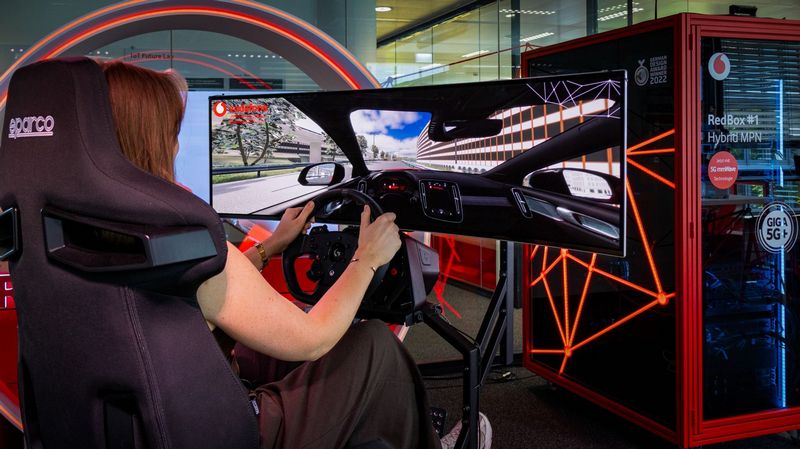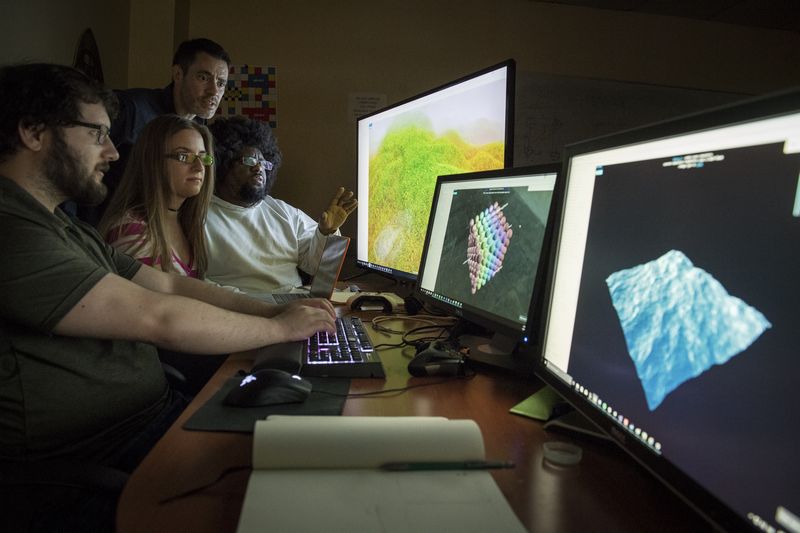How Players Read Environments Like Language

In the world of gaming, players often find themselves immersed in intricate and fascinating virtual environments. From lush forests and sprawling cities to haunted houses and alien landscapes, the settings in which gamers are placed can greatly impact their experience. But have you ever stopped to think about how players actually navigate and interpret these environments? Just like mastering a new language, players utilize a variety of skills and techniques to read minecraft modded servers hosting and understand the virtual worlds in which they find themselves.
One of the key ways in which players read environments is through visual cues. Just as words and symbols convey meaning in language, environmental cues can provide valuable information to players. For example, in a game like The Legend of Zelda: Breath of the Wild, players can often tell when they are near a hidden treasure chest by spotting a flock of circling birds overhead or a glint of light in the distance. These visual cues help players to navigate the game world and uncover hidden secrets, much like parsing the meaning of words and phrases in a new language.
Another important aspect of reading environments in games is the use of sound cues. Just as inflection and tone can convey different meanings in language, the sounds players hear in a game can provide important information about their surroundings. For example, in horror games like Resident Evil or Silent Hill, ominous music and the sounds of distant footsteps can signal impending danger, while the chirping of birds or the rush of flowing water may indicate a safe area. By listening carefully to these sound cues, players can gain valuable insights into the world around them and react accordingly.
In addition to visual and auditory cues, players also rely on their spatial awareness to read and navigate game environments. Much like understanding the structure and syntax of a sentence in language, players must be able to interpret the layout of a virtual world in order to progress through the game. This can involve everything from memorizing the locations of key landmarks to understanding the relationship between different areas of the map. By developing a strong sense of spatial awareness, players can more effectively explore and interact with the game world, much like fluently understanding the grammar and vocabulary of a new language.

But reading environments in games is not just about interpreting individual cues or understanding spatial relationships—it also involves making connections between different elements of the world. Just as understanding how words work together to form sentences is crucial to comprehension in language, players must be able to piece together clues and information from the environment to solve puzzles, uncover hidden paths, and progress through the game. This can involve everything from noticing patterns in the environment to deciphering cryptic messages or codes. By connecting the dots in this way, players can uncover new layers of meaning and interaction within the game world, much like unlocking the complexities of a foreign language.
Of course, reading environments in games is not a one-size-fits-all process. Just as different languages have their own unique characteristics and rules, each game world presents its own challenges and opportunities for exploration. For example, some games may rely heavily on visual cues, while others may prioritize sound or spatial awareness. Likewise, different genres of games may require different skills and strategies for reading and navigating their environments. For instance, in open-world games like Grand Theft Auto or Skyrim, players may need to rely heavily on their spatial awareness and map-reading skills to navigate vast, sprawling landscapes, while in puzzle games like Portal or The Witness, players must carefully analyze and manipulate their surroundings to progress.
In recent years, advances in technology have also given players new tools and techniques for reading and interacting with game environments. Virtual reality (VR) and augmented reality (AR) have opened up new possibilities for immersion and exploration, allowing players to physically move through and interact with virtual worlds in ways that were previously impossible. These technologies can provide even more nuanced and realistic environmental cues, further blurring the line between virtual and physical reality. By harnessing the power of VR and AR, players can explore and interpret game environments in even more dynamic and engaging ways, much like conversing in a new language with native speakers.
In conclusion, reading and interpreting game environments is a multifaceted and dynamic process that requires a combination of visual, auditory, spatial, and cognitive skills. Just as mastering a new language involves understanding the rules, nuances, and patterns of communication, players must develop a deep understanding of the environments in which they find themselves in order to progress and succeed in games. By honing their ability to read and interpret environmental cues, make connections between different elements, and navigate complex virtual worlds, players can unlock new levels of immersion, engagement, and enjoyment in their gaming experiences. So next time you find yourself lost in a vast game world, take a moment to appreciate the language of the environment around you—it may just hold the key to your next adventure.